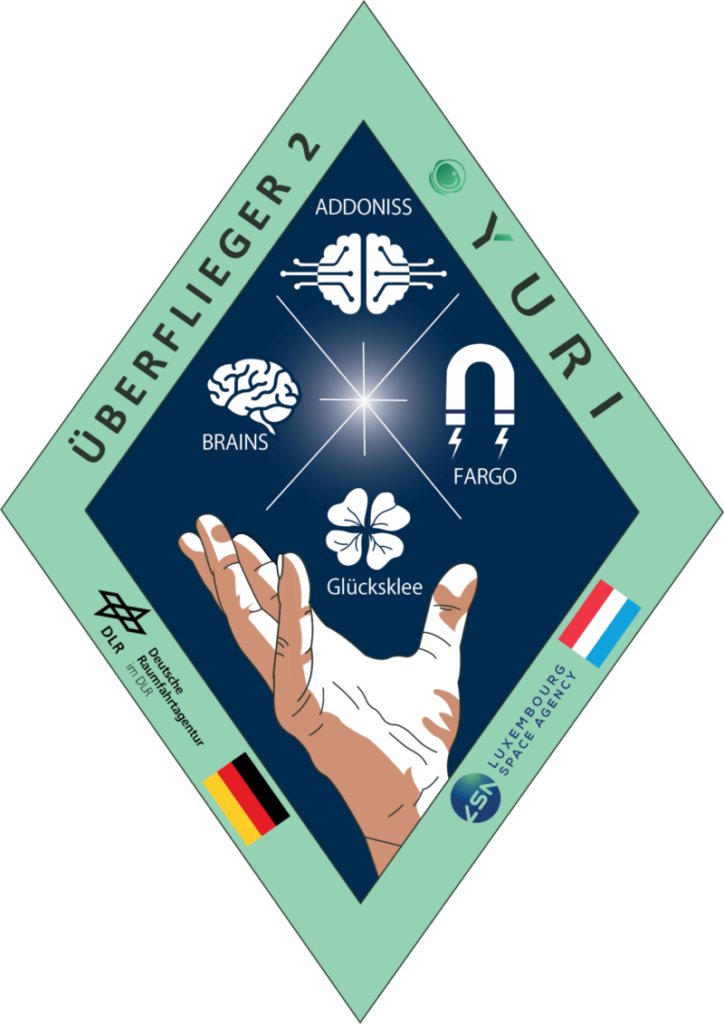
We use cookies to ensure that we give you the best experience on our website. If you continue to use this site we will assume that you are happy with it.
Ok ✕
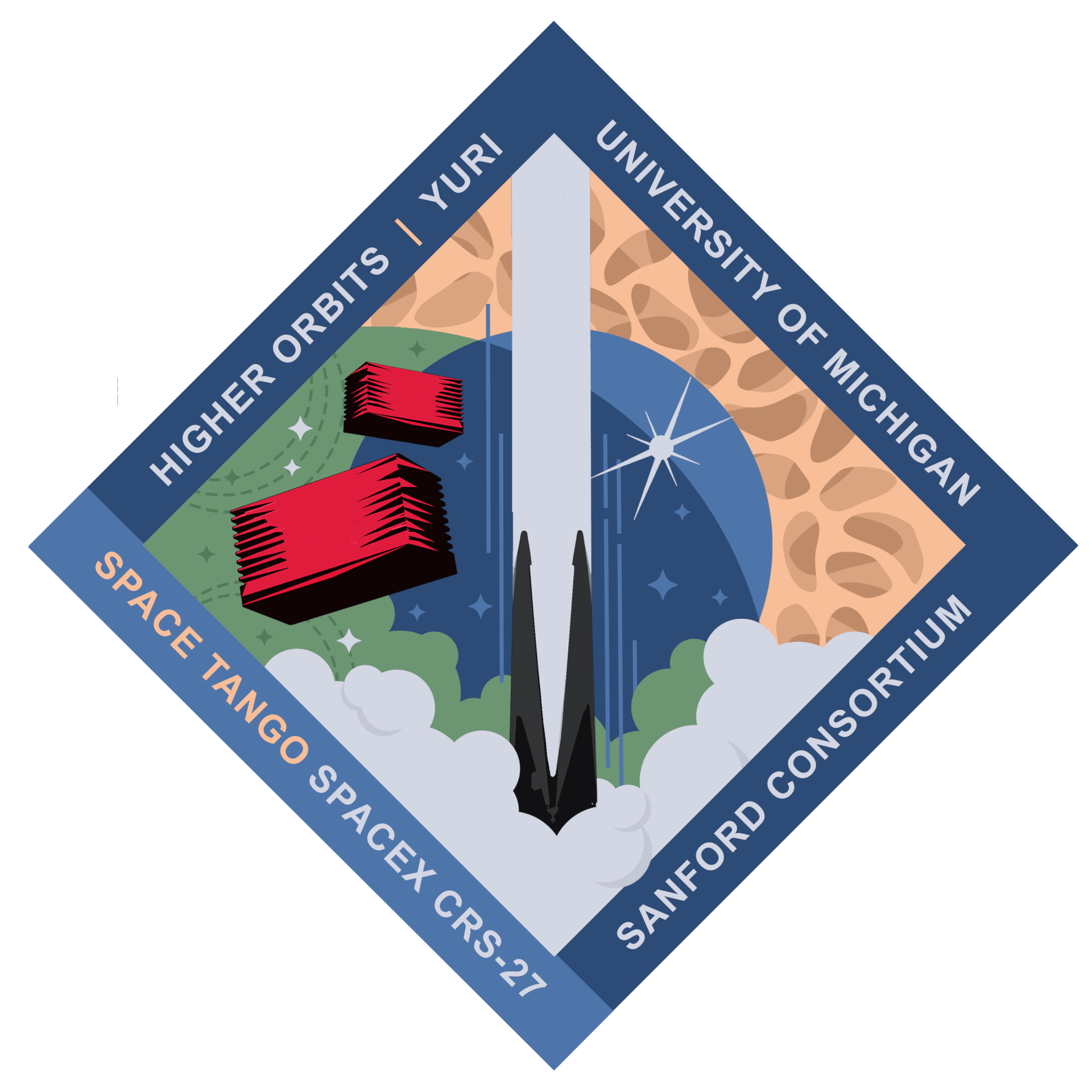
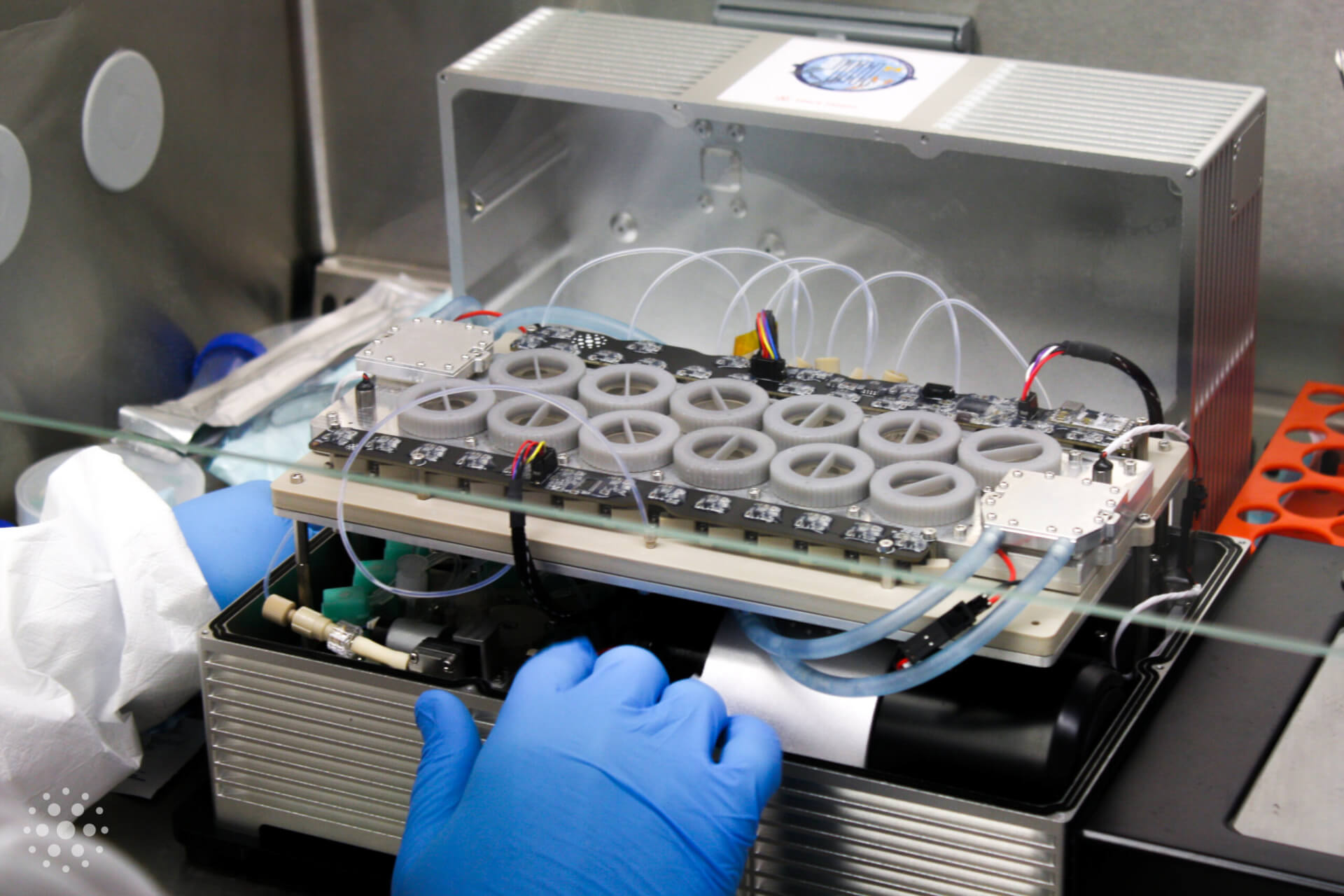
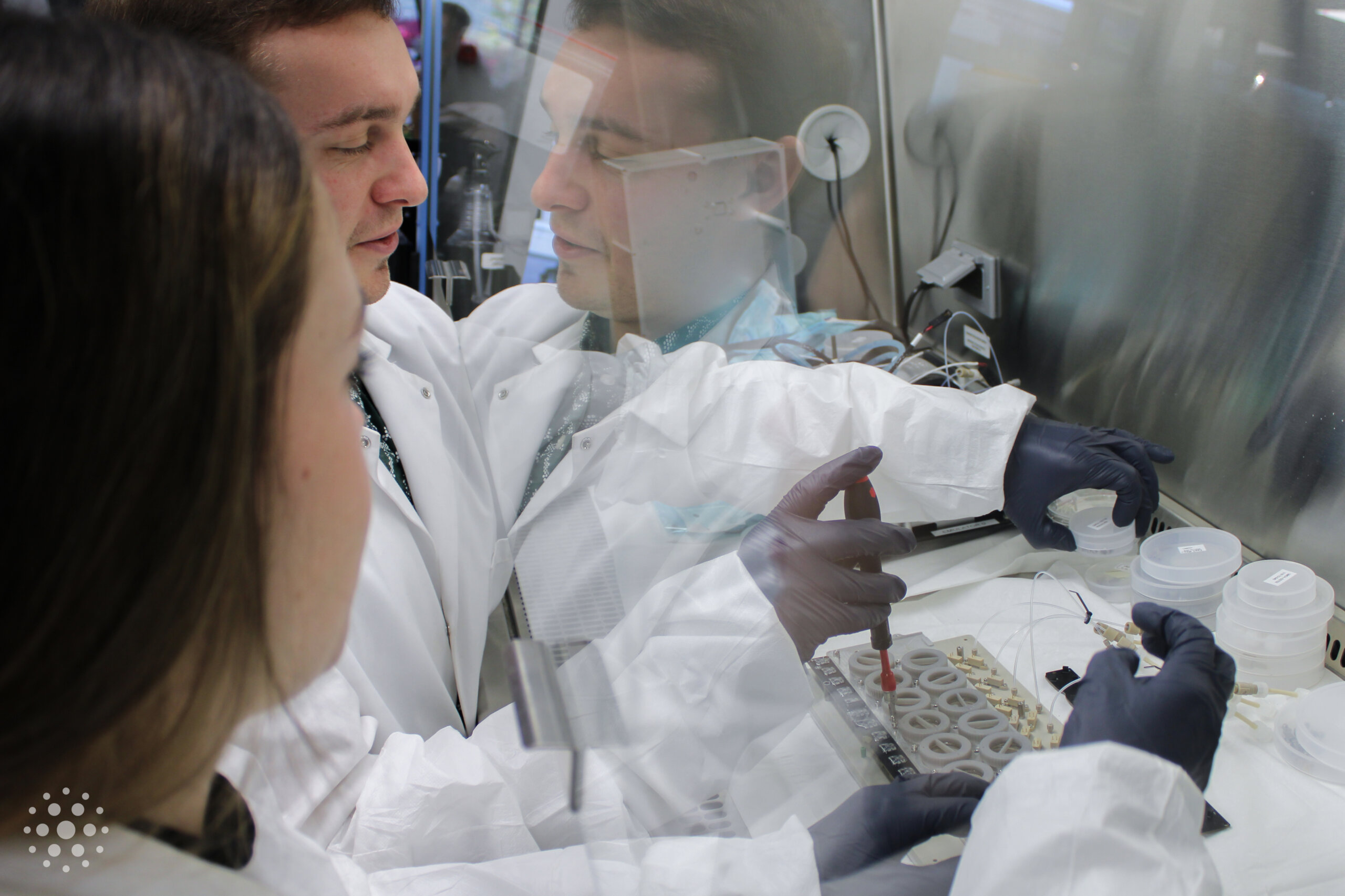
Cellular Mechanotransduction by Osteoblasts in Microgravity explores bone morphogenic protein (BMP) and the signaling pathways it communicates through, as it is one of the main pathways involved in osteogenesis. Osteoporosis causes bones to become weak and brittle as individuals age. On Earth, degeneration occurs over decades, making the study of osteoporosis a slow process. This investigation plans to leverage microgravity to accelerate the degeneration of cells. Despite a deep understanding of the physiological context of bone formation in bone biomechanics, the mechanism of cellular mechanotransduction and its implication in osteoporosis is not entirely clear.
Two aims are being tested in this investigation, cellular tension and its role in altering BMP and mechanical compression in signaling in cells with low cell tension as it relates to BMP. The CubeLab in this investigation will facilitate the cell’s survival throughout the flight including ascent and descent. The CubeLab will utilize a 12-well culture vessel to house and feed the cells and a three-axis autonomous microscope will be used for on-demand imagining. This investigation was last flown on NG-18 and will now aim to readdress the mission objects.
Why Microgravity?
Reduced gravitational force in microgravity conditions presents a unique research environment to reproduce the absence of mechanical loading and provides an accelerated means to alter cell growth and function in a natural way (i.e., without the use of pharmacological inhibitors or genetic perturbation). As a result, BMP signaling activity increases with cells under compression in microgravity. Thus accelerating our understanding of the signals without having to wait decades to see it occur as it would terrestrially. This investigation will advance our knowledge of cell physiology under microgravity conditions and push the frontier of single-cell and cell biology experiments on the International Space Station.
Research carried out in this proposed work has the potential to translate to an insightful understanding of the mechanosensing of osteoblasts, along with other research carried out on Earth, thereby helping a large population of people who may suffer from osteoporosis. This work is also relevant to other age-related diseases as there is data pointing to a correlation of cell mechanics with aging cells.
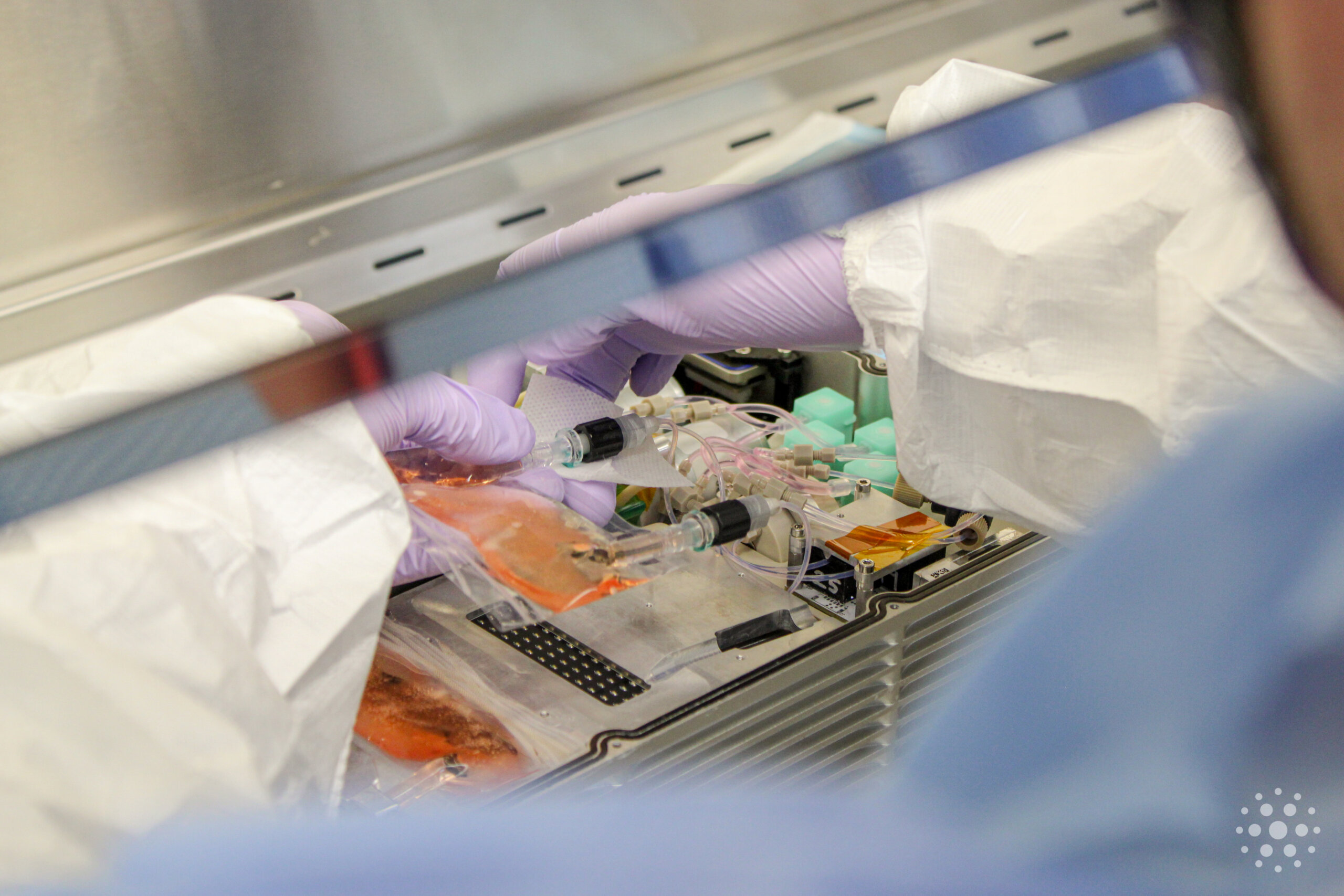
Transduced Stromal Co-Cultures of Human Bone Marrow in Microgravity (Space Tango-Hematopoietic Stem Cells) investigates aging in blood stem cells and the transformation of these cells into cancer cells. While stem cells play a vital role during embryonic and fetal development, they also maintain adult tissue integrity and can be mobilized in response to injury to repair and regenerate tissues. Stem Cells are defined functionally based on their capacity to self-renew (divide without differentiating), differentiate into tissue-specific progenitors, and become dormant in protective microenvironments. This experiment design allows the ability to simulate and observe the response to injury and capacity for repair, aging, and (pre-)malignant transformation of normal hematopoietic stem cells in an accelerated time frame.
The investigation will use 3D scaffolds that support stem cell self-renewal, survival, and dormancy for extended culture periods. The CubeLab will house and protect the cells on orbit and ascent/descent to maintain cell culture conditions. Cells will be cultured within bioreactors inside the CubeLab and perfused with culture media, while a real-time camera in the CubeLab will observe this process. This investigation was last flown on SpaceX CRS-26 and provided additional data to support this next mission.
Why Microgravity?
Exposure to microgravity and radiation in low-Earth orbit can simulate the effects of aging by speeding up processes of aging and (pre-) malignant. This same experiment would take much longer to observe on Earth. Over time, microgravity will enable the study of cell response to injury, capacity for repair, overall stem cell fitness, and the evolution of blood cancer. Data from this investigation could lead to new strategies to detect, halt, or even reverse certain blood cancers.
Higher Orbits Multi Experiment Module #4 (Higher Orbits Multi Experiment Module) features three student-led experiments.
These investigations will be housed together in a 9U CubeLab. They will support future space exploration by contributing to the understanding of radiation resistance, the use of bacteria for nutrition, the effects of microgravity on insect biological processes, and potential water reclamation processes.
Why Microgravity?
Currently, life-support systems for space travel require regular resupply with fresh resources, this investigation provides insight into using organisms to produce nutrients and oxygen for future missions, including longer-duration missions. The research also improves our understanding of radiation resistance to help protect future crews from radiation risks and help define microgravity’s effects on biological processes.
Yuri uses Space Tango CubeLab hardware to host four independent investigations developed by research teams in Germany and Luxembourg. Space Tango manages all experimental design validations and mission operations. Space Tango validates each experiment via design reviews and functional tests utilizing our TangoLab Emulators that can be used in lab environments anywhere.
